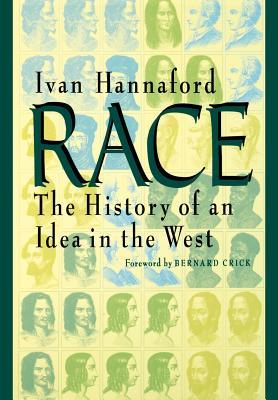In Race: The History of an Idea in the West Ivan Hannaford guides readers through a dangerous engagement with an idea that so permeates Western thinking that we expect to find it, active or dormant, as an organizing principle in all societies. But, Hannaford shows, race is not a universal idea--not even in the West. It is an idea with a definite pedigree, and Hannaford traces that confused pedigree from Hesiod to the Holocaust and beyond.
Hannaford begins by examining the ideas of race supposedly held in the ancient world, contrasting them with the complex social, philosophical, political, and scientific ideas actually held at the time. Through the medieval, Renaissance, and early modern periods he critically examines precursors in history, science, and philosophy. Hannaford distinguishes those cultures' ideas of social inclusion, rank, and role from modern ones based on race. But he also finds the first traces of the modern ideas of race in the proto-sciences of late medieval cabalism and hermeticism. Following that trail forward, he describes the establishment of the modern scientific and philosophical notions of race in the nineteenth and twentieth centuries and shows how those notions became popular and pervasive, even among those who claim to be nonracist.
At the same time, Hannaford sets out an alternative to a race-based notion of humanity. In his examination of ancient Greece, he finds in what was then a dazzling new idea, politics, a theory of how to bring a purposeful oneness to a society composed of diverse families, tribes, and interests. This idea of politics has a history, too, and its presence has waxed and waned through the ages.
At a time when new controversies have again raised the question of whether race and social destiny are ineluctably joined as partners, Race: The History of an Idea in the West reveals that one of the partners is a phantom--medieval astrology and physiognomy disguised by pseudoscientific thought. And Race raises a difficult practical question: What price do we place on our political traditions, institutions, and civic arrangements? This ambitious volume reexamines old questions in new ways that will stimulate a wide readership.
